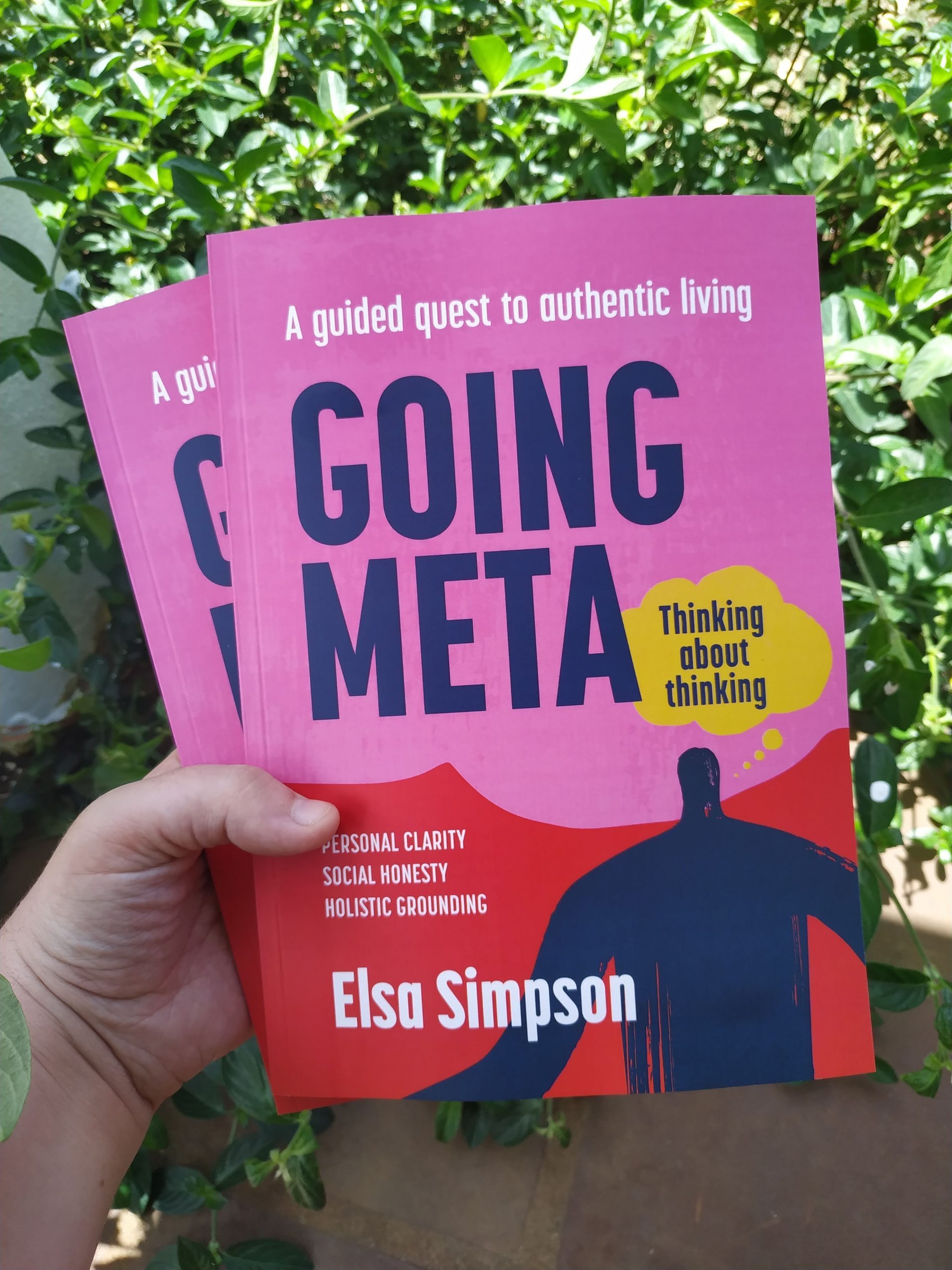Change champions are not experts on the way through change. Rather, they are people who are willing to change, and who have mastered how to learn new things.
You can turn change into an opportunity if you:
- Study and develop new technical and human skills.
- Seek people who know or who are learning.
- Push yourself beyond the same ways of acting.
- Learn to act without complete information.
- Take action now.
- Envision the future outcome.
- Manage your emotions through the denial, resistance and exploration phases.
- Develop a personal vision as an anchor during change.
There are many ways to master change and develop[ resilience:
- Study and develop new technical and human skills. Do you hold back until you are forced to learn, or do you seek out the instruction and get the practice you need?
- Seek people who know or who are learning. Do you talk to people about how they did it, to learn new ways?
- Push yourself beyond the same ways of acting. Free yourself from the pull of the old ways. Do you tell yourself that there must be a better way?
- Learn to act without complete information. You can never be 100% sure of anything when you are going through change. Cautious people wait until they have all the information.
- Take action now. Do you allow yourself to act on the best information you have? Can you follow your hunches?
- Envision the future outcome. Are you taking time to develop a vision of the future?
- Manage your emotions through the denial, resistance and exploration phases. Are you focussing on the future to help you break away from the bonds of the past, from the comfort of the way things were, and to look at how things could be?
- Develop a personal vision as an anchor during change. Is your personal vision focussing on the opportunities inherent in the change and helping to unleash your energy?
The Tarzan swing: What is the shortest way through change?
The degree of commitment to your belief that you’ve made a leap from denial to opportunity is proportional to your denial.
Often, people want to minimize the resistance phase of change, seeking a quicker resolution. To achieve this, they may attempt to jump directly from denial to commitment, skipping over the essential stages of resistance or exploration. As a result, these individuals often talk as if the change hasn’t affected them in any significant way. Instead of engaging with their emotions, they try to cross the change curve with wishful thinking.
This tendency is what we call the Tarzan swing. However, unless Tarzan manages to reach the other side completely, he risks slipping back and encountering all the unresolved feelings he tried to avoid—feelings of loss, anger, frustration, chaos, and uncertainty. This backward movement can undermine the progress he thought he had achieved.
Understandably, nobody likes to feel angry, helpless, or unsure. Yet, allowing yourself to move through the change curve in sequential stages, rather than resorting to a Tarzan swing, ultimately shortens the transition process. By embracing each phase, you can navigate change more effectively and with greater emotional resilience.
The zigzag: When do I know I have turned a corner in change?
The zigzag at the bottom of the curve represents a time of feeling both hopeless and hopeful. You are not really sure that you will make it through but you’re also open to new ideas. Then again, you are afraid to move forward. You are moving back and forth between resistance and exploration, danger and opportunity. It is a challenging time. This is the hardest part of the change process.
In this phase, you can’t yet see the new opportunities around the corner. You know at this time that it will be risky to move forward. This is when you probably feel like staying in resistance, when moving forward seems difficult. At this time, watch for signs of a shift taking place. People say that they feel the weight has lifted, they can sleep through the night, their energy has returned. Each person seems to turn the corner in his or her own way.
How do I create personal security in a changing environment?
Here are some of the ways people create personal security in a changing world of work:
- Set boundaries at work
- Go beyond your job
- Be multi-competent
- Be flexible
-
Set boundaries at work.
- Become the glue that holds everything together. Network.
- Learn to listen across different parts of the company. Interpret one group’s needs and communicate those needs to other groups.
- Look for what needs to be understood, communicated, translated.
-
Go beyond your job.
- Look for work that needs to be done. Don’t become constrained by your job description if you can contribute more.
- Go where the problems are, where there is much to be done and not enough resources to do it.
-
Be multi-competent.
- Don’t put all your eggs in one basket. lf you only have a single skill, you can be at risk. With a sound skillset, you can shift the balance of your activity.
- Mixing activities allows you to refocus as the environment changes. Keep learning and challenging yourself. Never settle for comfort.
-
Be flexible.
- Be able to let go of dreams and expectations that do not fit the current world.
- People often get stuck in a failed solution – they do the same thing harder, louder, longer or stronger than before, even though it didn’t work. Don’t stay stuck – move on. Often, people would rather stay stuck than risk doing something new.





